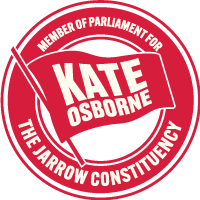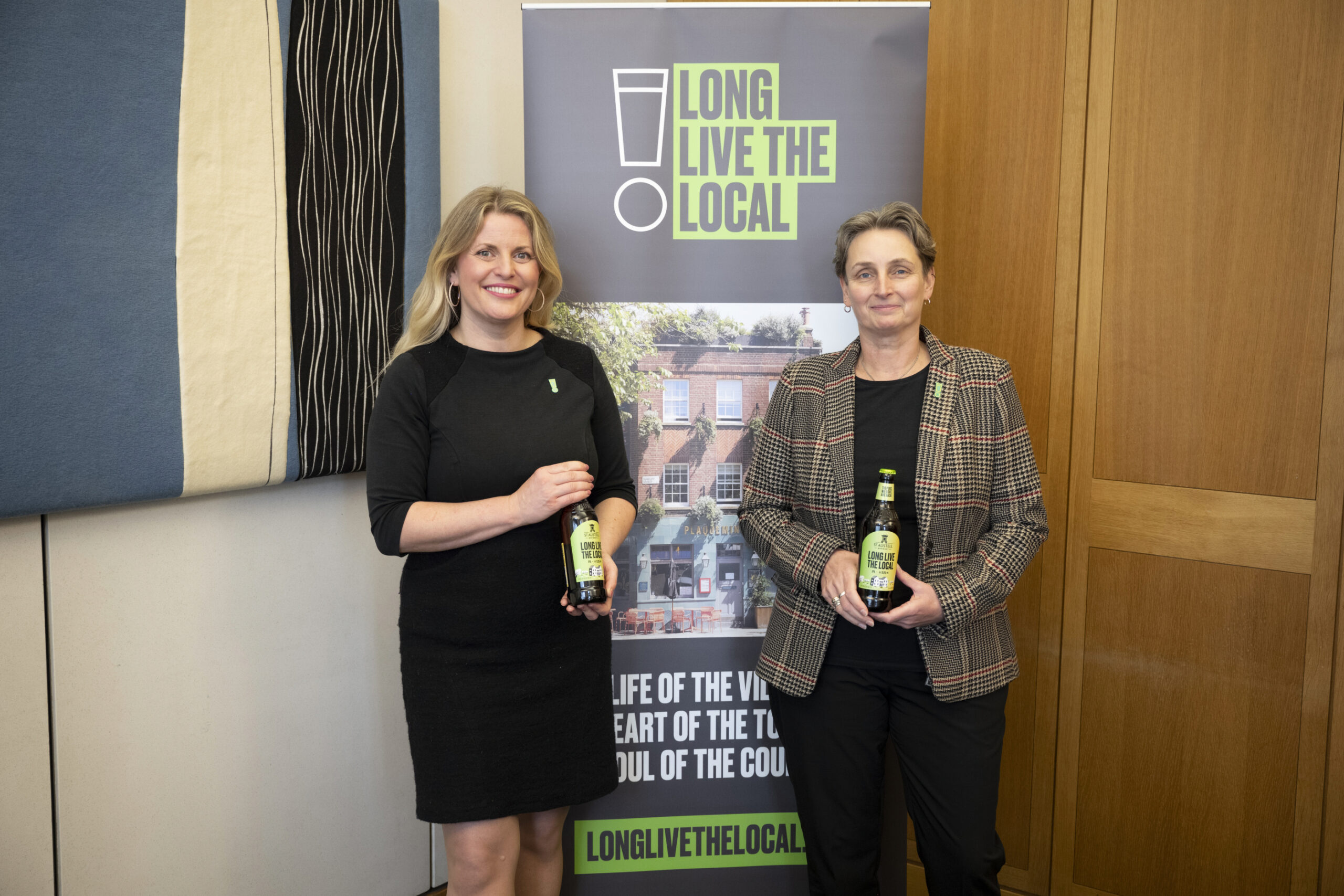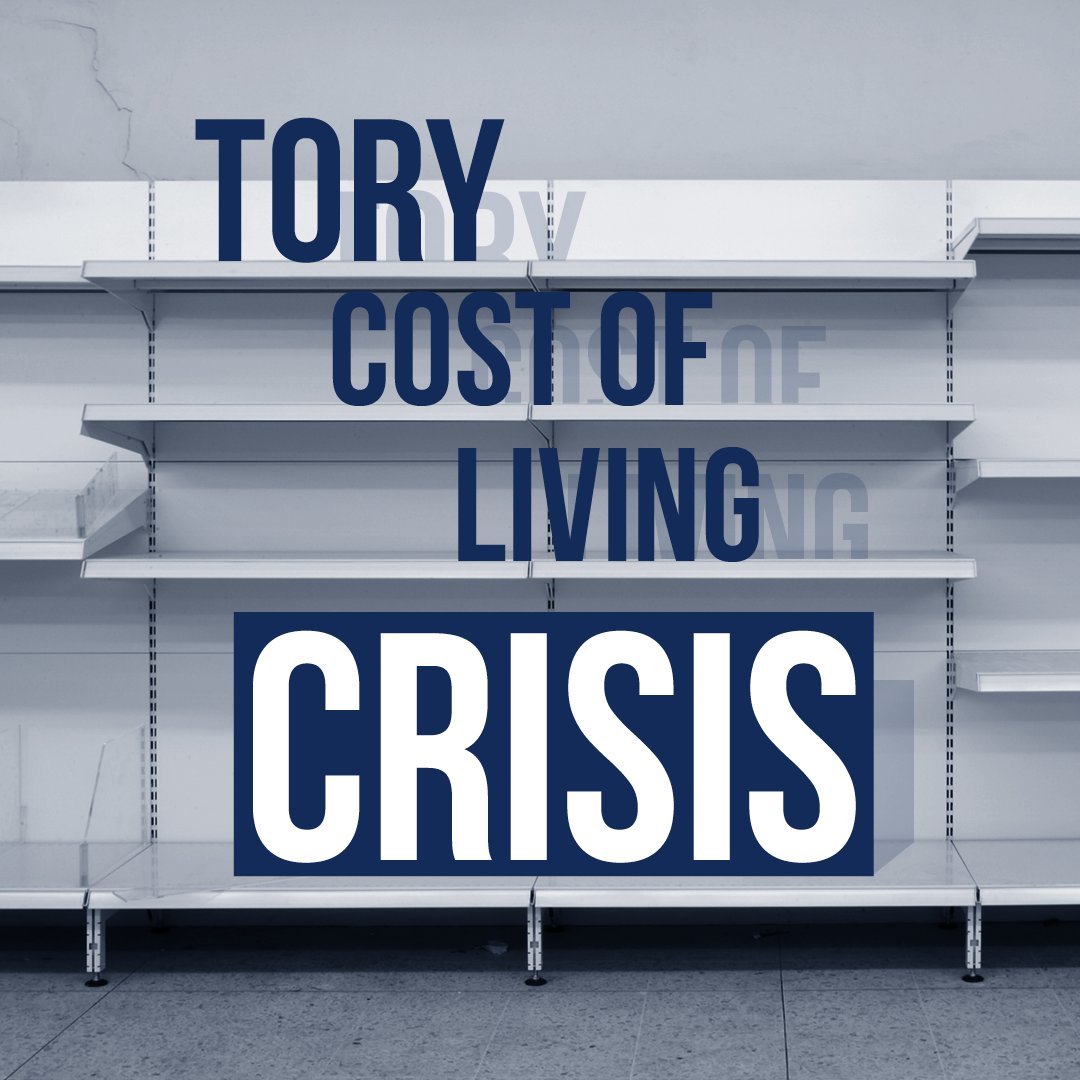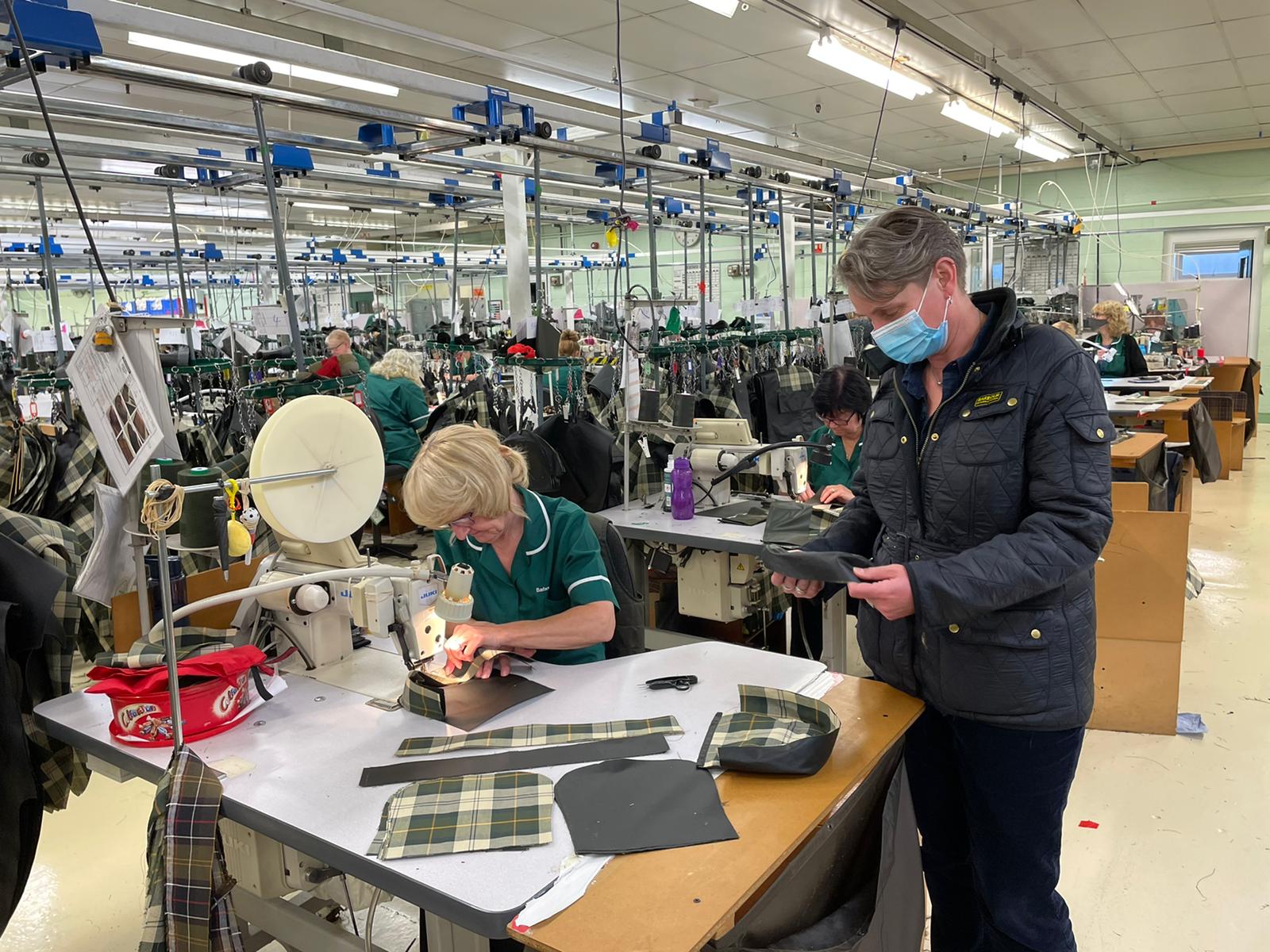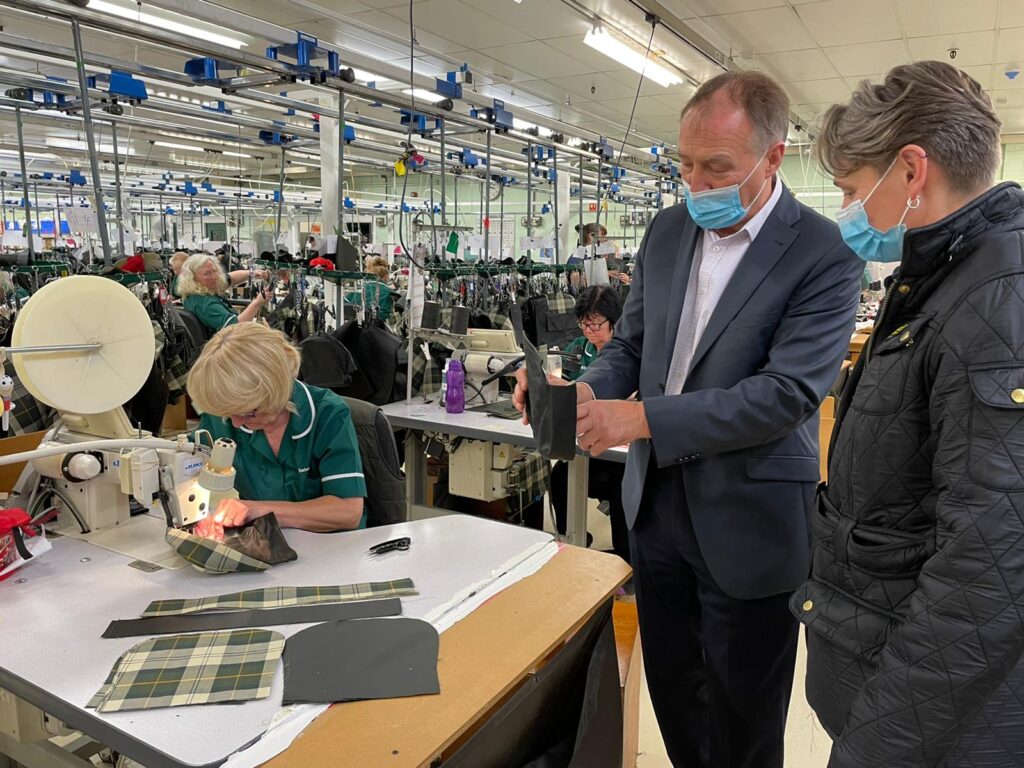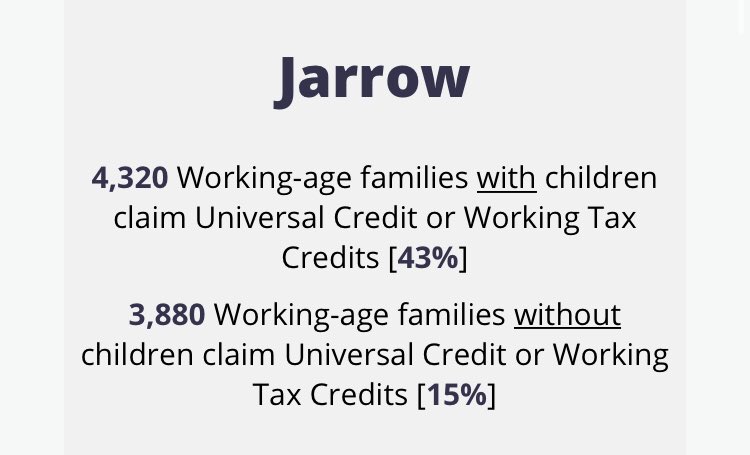When the Jarrow Crusaders returned by train to their hometown, the mood was one of bitter disappointment. After 290 miles of walking, the 200 men who had trekked down by foot from the North East returned to a decimated town in which unemployment stood at over 70 percent and the infant mortality rate was the highest in the country. They had only their return train fares and a dismissive response from the government to show for it.
The Crusade was planned as a means of bringing to the attention of wider society the tribulations faced by Jarrow, an early victim of a process of deindustrialisation which rolls on into the present. They set out from Jarrow Town Hall on 5 October 1936, and arrived in London on 31 October, where they presented a petition signed by nearly 12,000 Jarrow residents calling for government intervention to bring employment to the town.
Palmer’s shipyard in Jarrow—which had once employed 10,000 men—had been closed a few years earlier, its fate sealed after machinations between shipbuilding magnates, financiers, and government officials had decided that shareholder profits would best be protected by throwing a town of 35,000 on the scrapheap. Subsequent attempts to establish a steelworks on the site of the shipyard were similarly scuppered by backroom dealmaking among the ruling class, providing the immediate stimulus to the march.
The hunger-stricken marchers—their austere, black-lettered banner held aloft above their gaunt faces—passed down the spine of England, moving from the depressed North East through more affluent areas such as Harrogate, Loughborough, and Bedford. Although they stressed the ‘non-political’ nature of the march to maximise support, at the end of each day’s trek they held what was in effect a political rally, spreading awareness of the grievous situation in their hometown and condemning the government’s failure to intervene.
Labour politician Ellen Wilkinson (1891-1847) walking at the head of the Jarrow March from Newcastle-Upon-Tyne to London, in protest of unemployment levels in the north of England. Credit: Central Press / Getty Images
For weeks the name of Jarrow was plastered over the nation’s newspapers, and their determined stand captured the country’s imagination. They arrived in London convinced that the powers-that-be would respond to their demands—but in the face of this emphatic display of creativity and organisation, the government did what they had always done for the people of Jarrow: nothing. The march had failed.
And yet ‘failure’ is not a word commonly associated with the Crusade. The Jarrow marchers subsequently became icons of working-class struggle, and in the words of the historian Matt Perry, who has written the authoritative history of the Crusade, ‘contributed to a sea change in the political consensus’ which brought about the welfare state.
Awkward Truths
The Jarrow Crusade has since entered the iconography of the British nation, the image of a respectable, non-political, non-threatening form of protest—a representation of the marchers even appeared in the 2012 Olympics opening ceremony. But this bleached and de-politicised portrayal doesn’t capture what lay behind the marchers’ tactically non-partisan presentation: a burning anger at the injustices of class society, which saw—and still sees—thousands of people rendered jobless and desperate by the unaccountable decisions of the powerful.
The institutions of the ruling class rallied to scupper the Crusade, fully aware of the challenge which the marchers represented. In echoes of the present, the marchers and their families were subject to financial sanctions, with unemployment benefits cut on the pretence that they were no longer available for work. Unelected members of the religious establishment denounced the marchers, and the government issued a statement condemning them; Special Branch reported back on the march from its inception, with a police escort keeping close tabs on the marchers throughout.
Given the risk of highlighting awkward truths about British society—both historical and contemporary—present-day establishment portrayals downplay the political dimensions of the march. ‘It is a media war, then and now,’ says the Newcastle poet Tom Pickard, who made a radio documentary for BBC on the occasion of the 40th anniversary of the march, later turned into a book. ‘It’ll always be a battle between those who just want to tell nice stories, anecdotes, about what happened down the way, and those who want to say, well look, the reason they marched was this.’
When the 50th anniversary approached in 1986, Pickard contacted that BBC to ask if they were interested in re-running the documentary—but they turned down his suggestion. ‘The controller of the radio said that because of the high unemployment [at the time], it was not ‘apposite’,’ recalls Pickard. ‘That’s their mindset. They don’t want to upset the applecart.’
The Background
The march leaders were well aware that they were placing questions of class antagonism at the front and centre of political life. Many of them, such as councillors David Riley and Paddy Scullion, were committed trade unionists and socialists. During the General Strike, Scullion and Riley had set up an organisation called the Class War Prisoners Aid Fund to support arrested miners; they—along with two other march leaders—split from the Labour Party to form a left-wing rebel group on the council within a month of the Crusade’s return.
Ellen Wilkinson, Jarrow’s charismatic MP and a key figure in the Crusade, was at the time a tireless anti-imperialist and anti-fascist campaigner, who had a portrait of Lenin above her bed, identified herself as a revolutionary socialist, and hosted public meetings about the crimes of British Empire in the constituency.
As many as two thirds of the marchers were also first-, second-, and third-generation Irish and Scottish immigrants. Jarrow was known as ‘Little Ireland’, and local connections with the country were so strong that branches of both the IRA and Cumann na mBa were formed in the town during the Irish War of Independence.
The fact that one of the talismanic events in English working class history was led by migrant workers and their descendants belies popular portrayals of an indigenous, unchanging, patriotically English working class pitted against an immigrant population which serves to drive down wages and weaken community bonds. At a time when the British Union of Fascists—who were defeated at the Battle of Cable Street the day before the march set off—were blaming Jewish immigrants for unemployment, the Jarrow marchers insisted that those who were truly responsible walked the corridors of power.
The Labour Party has long been keen to use the example of the march to burnish its own reputation, with successive leaders seeking to give the Crusade a retrospective labourist gloss. Even the current Shadow Chancellor, who once echoed the marchers’ opponents by boasting that she would be harder than the Tories on the long-term unemployed, claims to draw inspiration from its legacy. But the executive of the party was at the time quick to distance itself from the Jarrow Crusade and other hunger marches which were happening at the same time, many of them organised by the Communist-led National Unemployed Workers’ Movement.
Lacking institutional support, it was left to figures of the Labour left such as Riley, Wilkinson, and Scullion to provide the impetus behind the march—the product of years of patient grassroots organising and political education among the unemployed.
Contemporary Jarrow
A few years after the march, Wilkinson wrote a book about Jarrow for Left Book Club called The Town That Was Murdered. The title remains an incisive description: contemporary Jarrow still bears the scars of being on the wrong end of class society. As Matt Perry argues, these scars didn’t simply happen, they were inflicted—and people have an interest in finding out who inflicted them.
Part of what Ellen Wilkinson and the Jarrow marchers did was identify targets of blame. ‘She didn’t say The Town That Was Left Derelict, or The Town That Died; it was The Town That Was Murdered: somebody did it. And in the book, she pointed the finger at the people who were responsible,’ says Perry. ‘The Town That Was Murdered… was a kind of whodunnit, and it’s the kind of whodunnit that people want to know about… One of the high street shops closes or the next steelworks closes, and people want to know who’s responsible and why isn’t something being done about it? I think that’s what makes the idea that the Jarrow Crusade is not about politics, not about power and wealth, such a fallacy.’
Reasons for blame proliferate today. Research from the Nuffield Foundation recently found the North East to be the ‘child poverty capital’ of the UK, and South Tyneside, the Local Authority in which Jarrow is situated, is the 12th most deprived in England, with an unemployment rate well above the national average.
While drawing strength from the marchers’ example, Jarrow’s current MP—the Socialist Campaign Group member Kate Osborne—points out the continuities of Depression-era Jarrow with today’s North East. ‘The Jarrow march is very much today still in the minds of the people of Jarrow and the surrounding area. They’re proud that it played, and still plays, such a major part in the labour movement,’ she says. ‘Although industrially Jarrow looks quite different now, it has the same struggles. So much hasn’t really moved on for the people there. They are still left behind. There’s still high unemployment, there are still inequalities around health.’
Another thing which hasn’t moved on is the government’s attitude to the injustice and hardship faced in communities like Jarrow. ‘They don’t care,’ says Osborne. ‘They didn’t care then, and they don’t care now.’
The March’s Legacy
While the marchers may have failed to force government intervention, in the defiance of their defeat they foreshadowed the shift of wealth and power represented by the post-war settlement, and took a courageous stand against the structures and forces which continue to shape life in Britain today.
‘What Jarrow represents is working class people who are being screwed, who educate themselves, and organise and agitate, can take action, and will not accept defeat,’ says Pickard. ‘That’s the message: do not accept defeat.’
